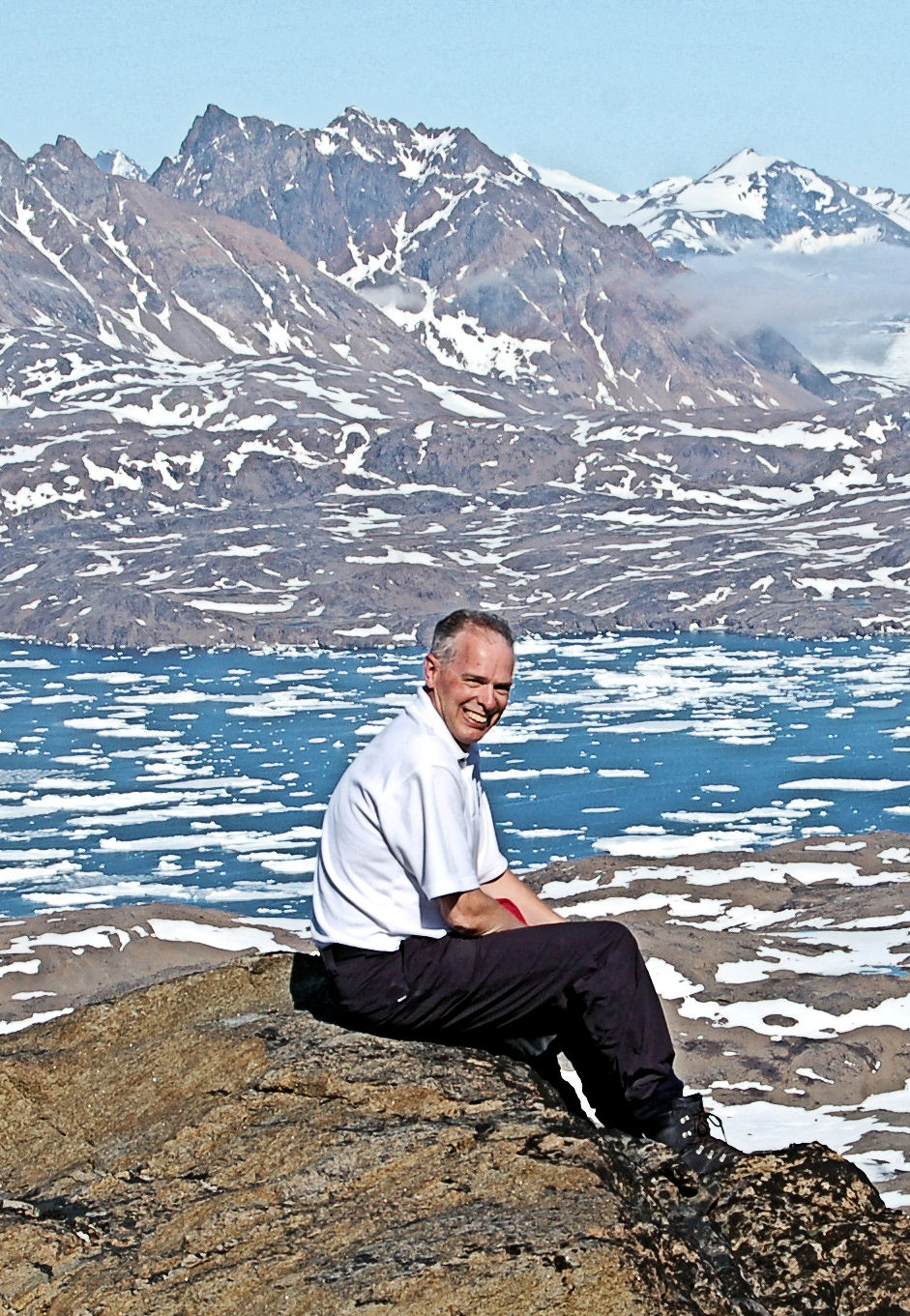Winners carried out the Five Deeps Expedition described by a distinguished member of The Explorer’s Club as “The most ambitious exploration expedition of the century”
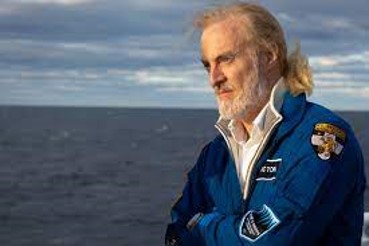
Victor Vescovo
London UK, and Washington, DC, US — The Society for Underwater Technology (SUT) and The Marine Technology Society (MTS) are proud to announce that the 2021 Captain Don Walsh Award for Ocean Exploration has been won jointly by Commander Victor Vescovo, USN, Retired and Patrick Lahey for the 2019 Five Deeps Expedition and further dives of scientific or historical interest in subsequent years.
In 2015 Commander Victor Vescovo proposed a goal of finding and diving into the five deepest spots in the world’s ocean with dives taking place in the Atlantic, Southern, Indian, Pacific and Arctic oceans. This feat required not only a unique diving submersible but also fielding a specially equipped survey and support ship.
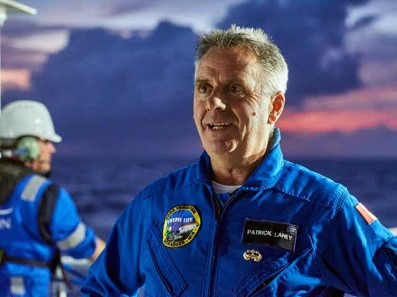
Patrick Lahey
Patrick Lahey and the team at Triton Submarines responded to Commander Vescovo’s project by creating a revolution in deep submergence capabilities. Patrick led a team of marine architects, designers, engineers and technicians to produce the Triton 36000/2, the first – and to date, only fully accredited (DNV/GL certified) human occupied deep submersible capable of routine exploration at full ocean depth. Commander Vescovo’s submersible of that design is the ‘Limiting Factor’. Lahey and the Triton Submarines team took the design from concept to build, testing, trials, shakedown, initial deployment and through to the successful completion of the Five Deeps Expedition.
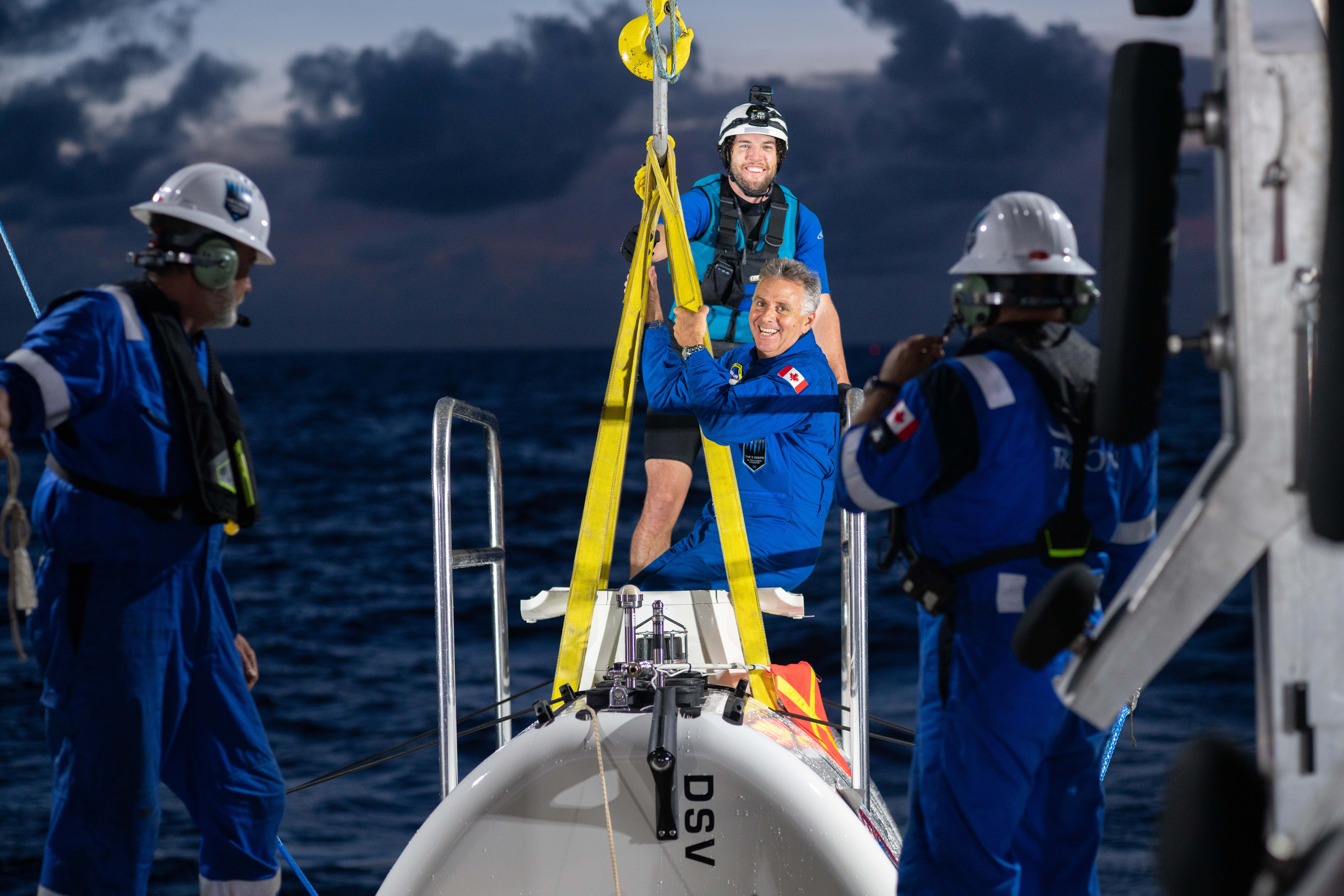
PL Challenger Dive 2019
Image Credit Tamara Stubbs
Awarded jointly by the SUT and MTS, this esteemed award is named after American oceanographer, explorer, retired naval officer, and marine policy specialist Captain Don Walsh. Walsh and co-pilot Jacques Piccard were aboard the bathyscaph Trieste when it made its daunting record descent on January 23, 1960 into the deepest point of the world’s oceans – the Challenger Deep in the Mariana Trench. The award recognises outstanding, sustained, international contribution to the development, application, and propagation of marine technology toward the advancement of ocean exploration.
“It is a true honor to be recognized by the experts of the SUT and MTS, alongside my friend and colleague Patrick. I would have to emphasize that he and I were simply the leaders of an extraordinary team that enabled our success – and we certainly stood on the shoulders of giants like Captain Walsh and James Cameron who developed extraordinary, full ocean depth technologies before us,”
said Commander Vescovo.
“I am honored and humbled to have been chosen as a co-recipient of this prestigious award by the MTS and SUT together with my client and friend Victor. Developing the Triton 36000/2 was the most challenging and rewarding undertaking of my professional life so far. I was incredibly fortunate to work with a remarkably diverse team of talented, creative, and resourceful people who pioneered a revolutionary new submersible that enabled the successful completion of the Five Deeps Expedition. To receive the award from Captain Don Walsh personally is particularly meaningful because Don is a friend, mentor and living legend,”
said Lahey.
“The contributions of Commander Vescovo and Lahey to the advancement of ocean exploration are significant, and collectively SUT and MTS are honored to present them with this award in the name and legacy of Captain Don Walsh. It is exceptionally fitting to honor them both as a team as it is a true demonstration to how exploration and technology work in tandem to create ingenuity and progress,”
said Zdenka Willis, MTS President.
“What excited the judging panel was that this brought together the perfect combination – an explorer with a zest for life and discovery and superb technology. Indeed, it would be unbalanced to nominate Commander Vescovo without acknowledging the revolutionary application of modern marine technology achieved by Lahey and the team at Triton. Technology lies not only at the heart of the names of both societies but is key to our ethos and our membership,”
said Judith Patten MBE, President of the SUT.
Diving for historical and scientific purposes
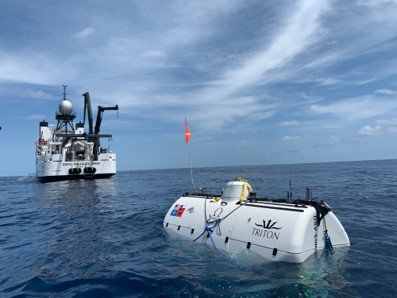
Triton Submarine
Following the well-documented Five Deeps Expedition dives https://fivedeeps.com/ in 2019, further dives have taken place. In 2020, Commander Vescovo partnered with the French Navy to dive on the wreck of the submarine Minerve, and with the International Hydrographic Bureau and the Monaco Blue Initiative to explore the deepest spot in the Mediterranean. He then partnered with the King Abdullah University of Science and Technology (KAUST) in Saudi Arabia to conduct scientific dives to the unique brine lakes at the bottom of the Red Sea.
Commander Vescovo has mapped over 1 million square kilometres of ocean floor and donated all his data to the Nippon Foundation General Bathymetric Chart of the Oceans (GEBCO) Seabed 2030 project.
After a second year of dives into the Challenger Deep, which included the first women to dive to the deepest depths, former astronaut Kathy Sullivan, the Pressure Drop surveyed the entire northern “Ring of Fire” from Guam to Alaska, discovering, mapping, and naming over 70 new underwater features. During the 2021 dives, Commander Vescovo marked a personal 12th dive into the Challenger Deep, and discovered the deepest wreck in history, the U.S. World War II destroyer Johnston off the Philippine Island of Samar.
SUT Contact: Cheryl Burgess [email protected]
MTS Contact: Amanda Johnston [email protected]
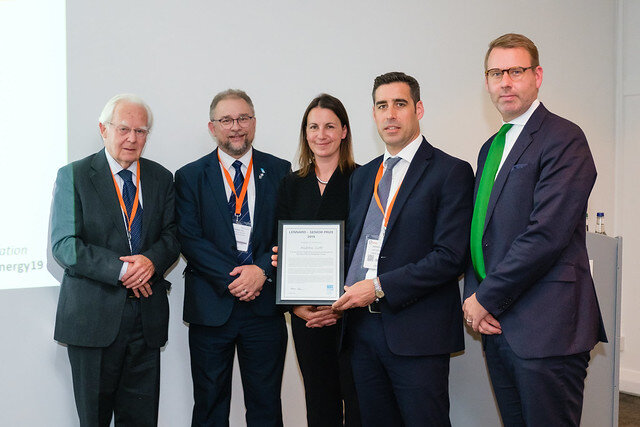
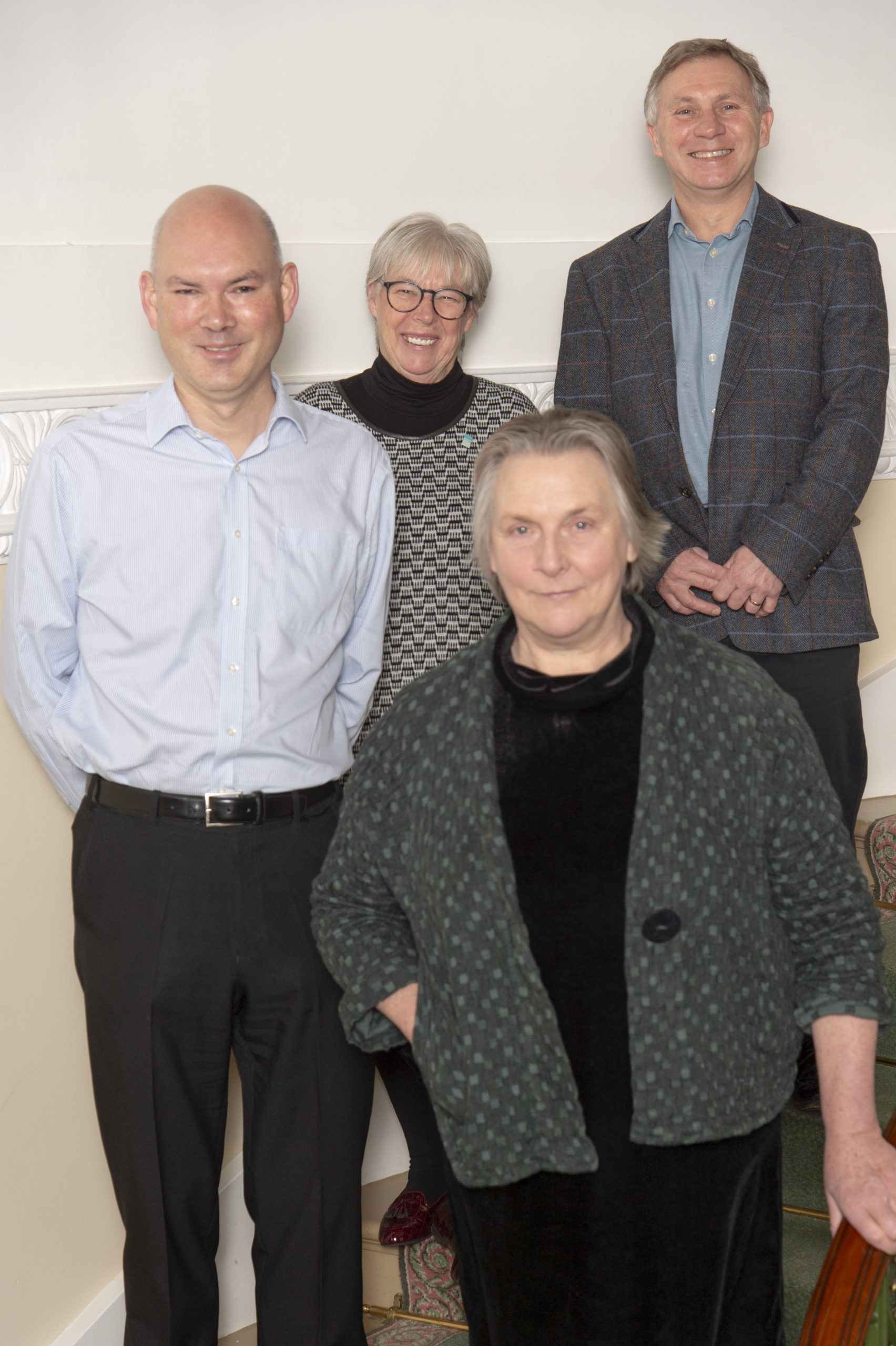
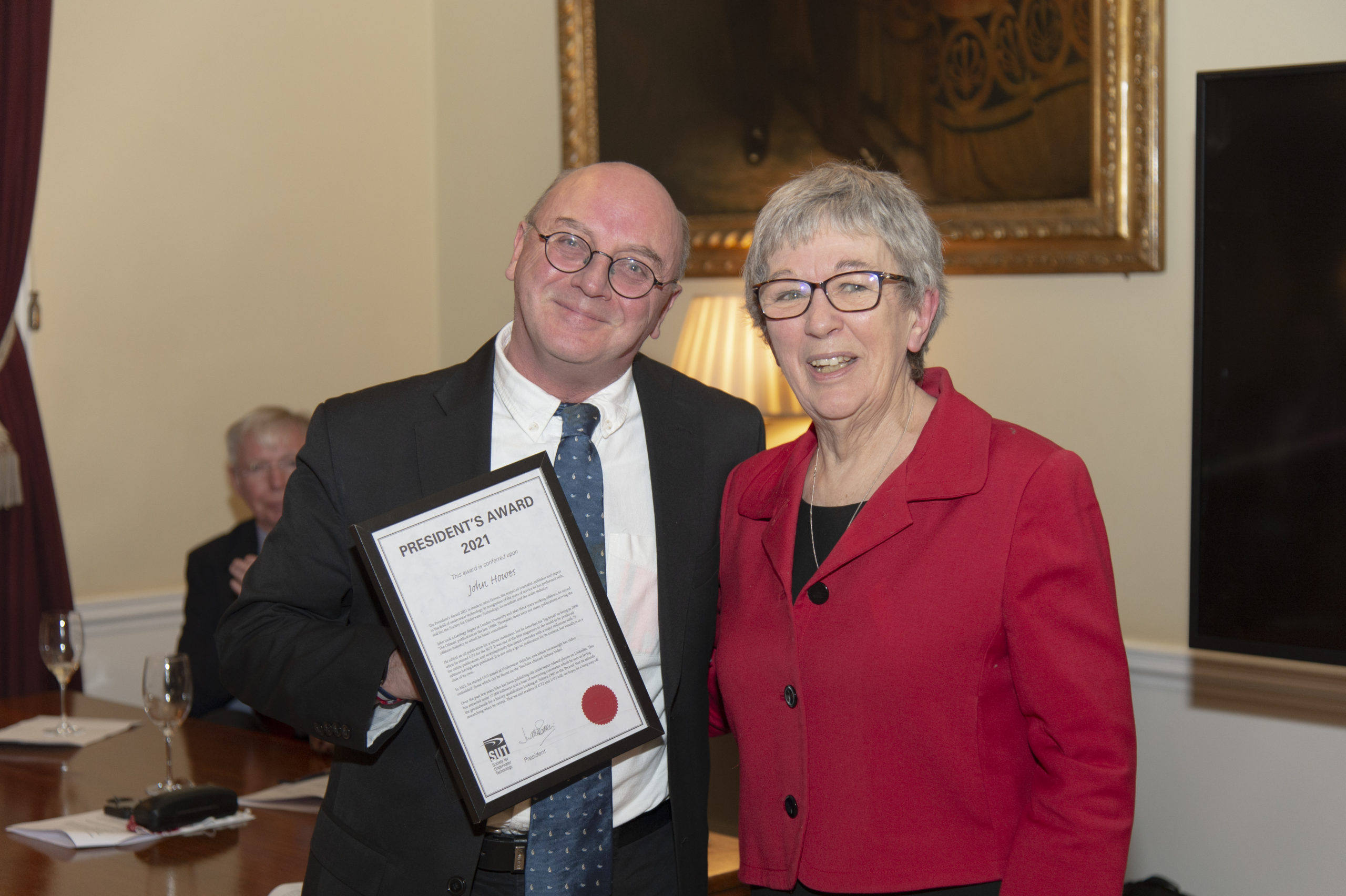
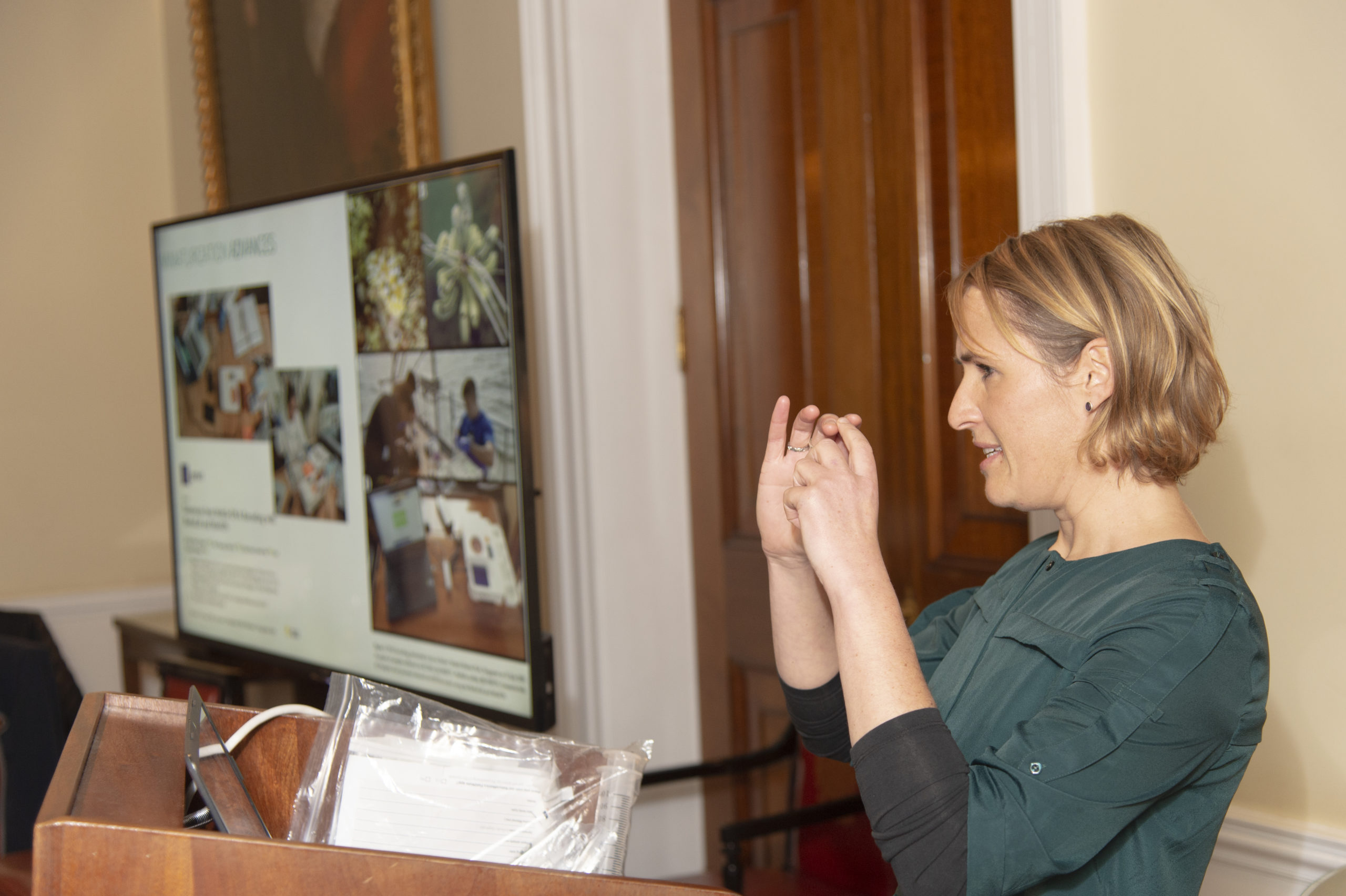
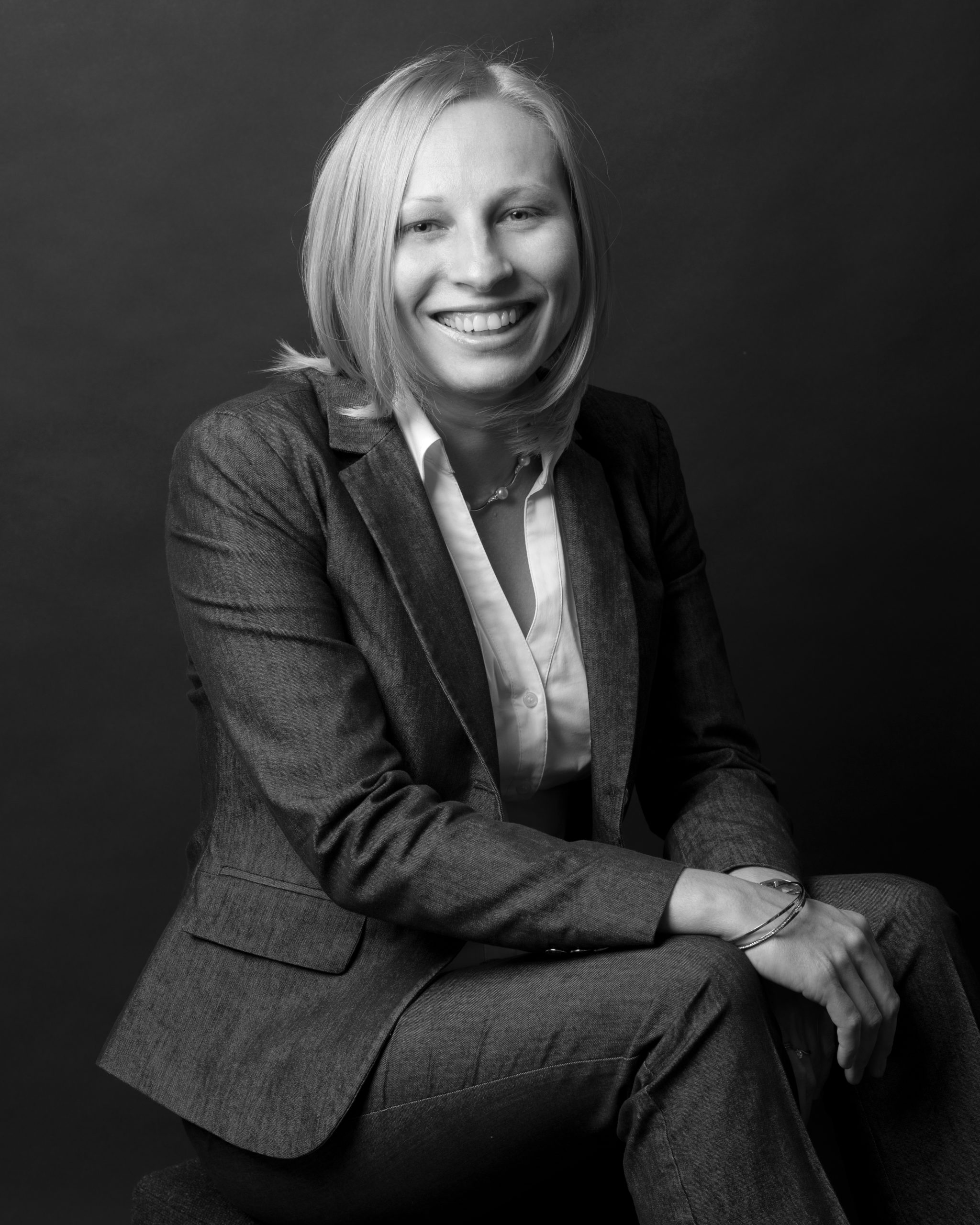 Operator demand was what stimulated Aleksandra Tomaszek, the winner of the inaugural Society for Underwater Technology (SUT) Gwyn Griffiths Underwater Robotics Award 2021, to become interested in robotics.
Operator demand was what stimulated Aleksandra Tomaszek, the winner of the inaugural Society for Underwater Technology (SUT) Gwyn Griffiths Underwater Robotics Award 2021, to become interested in robotics.



